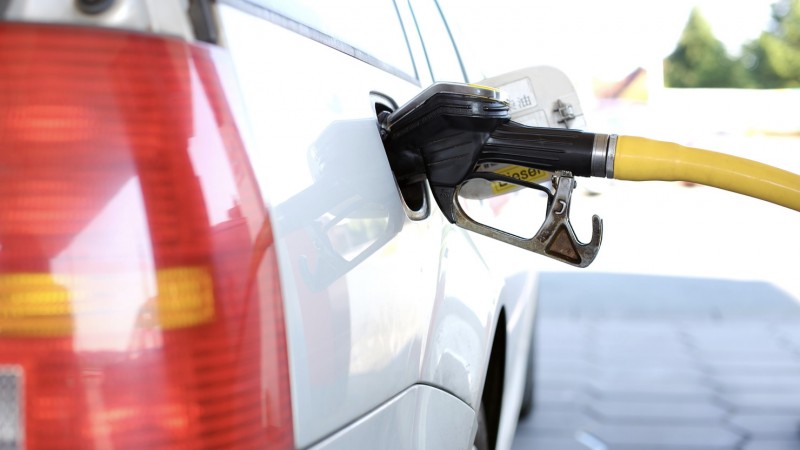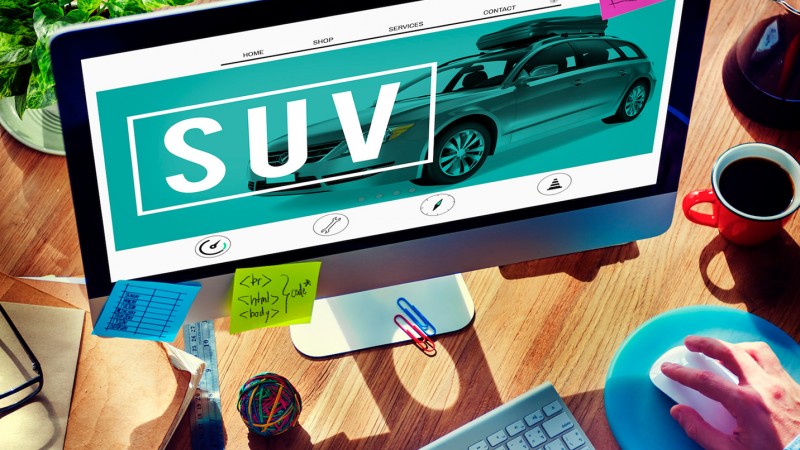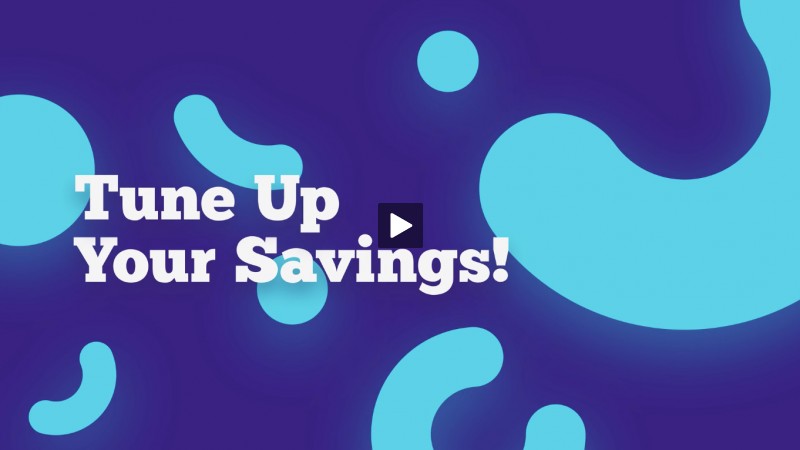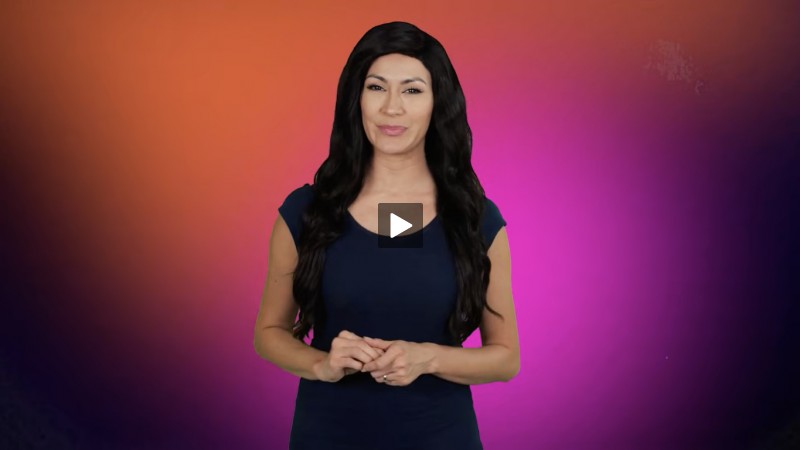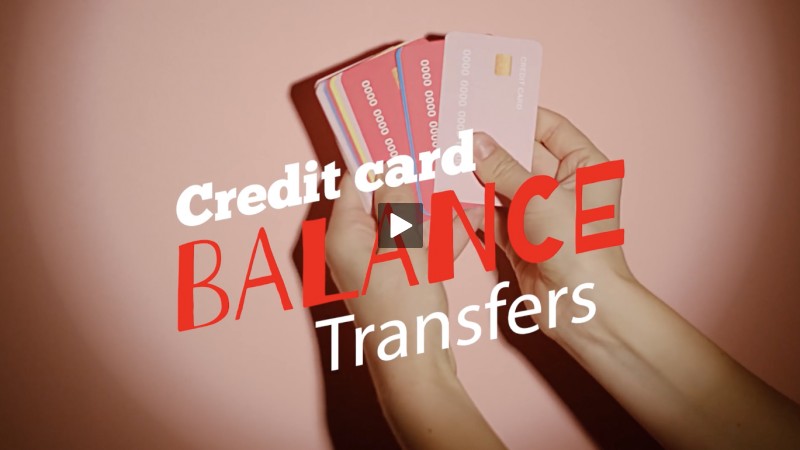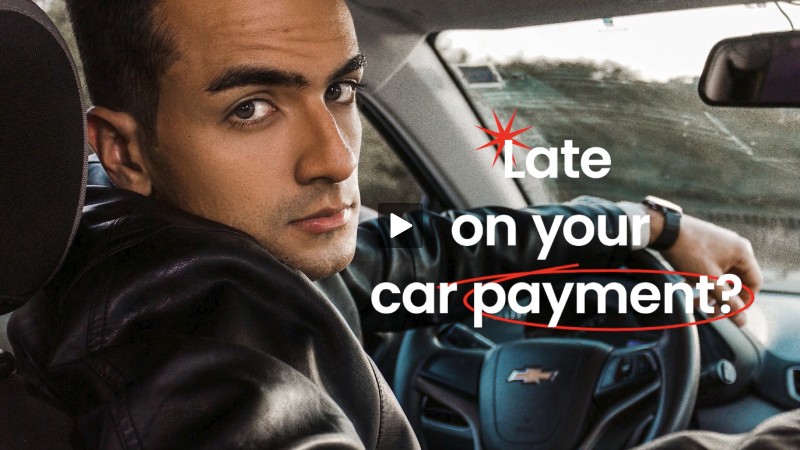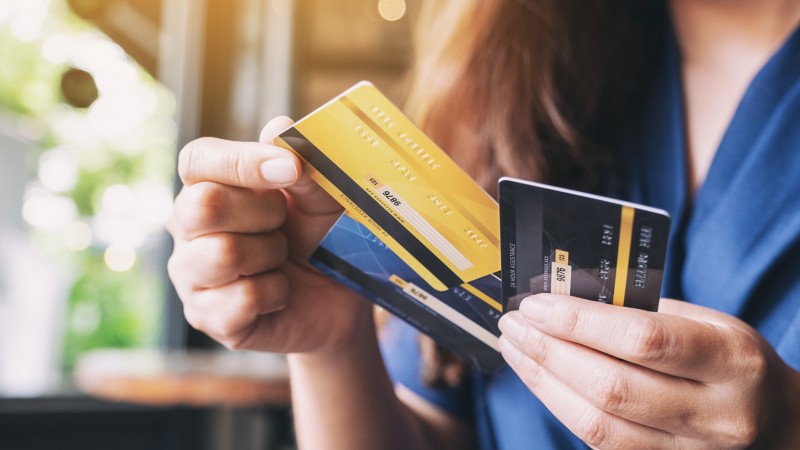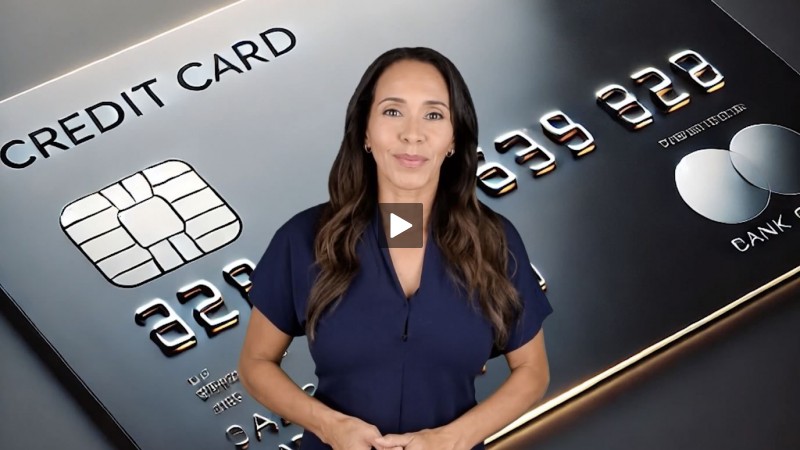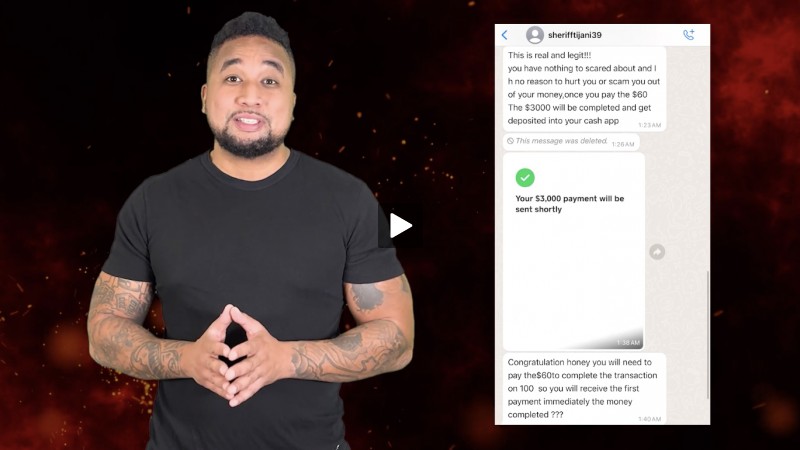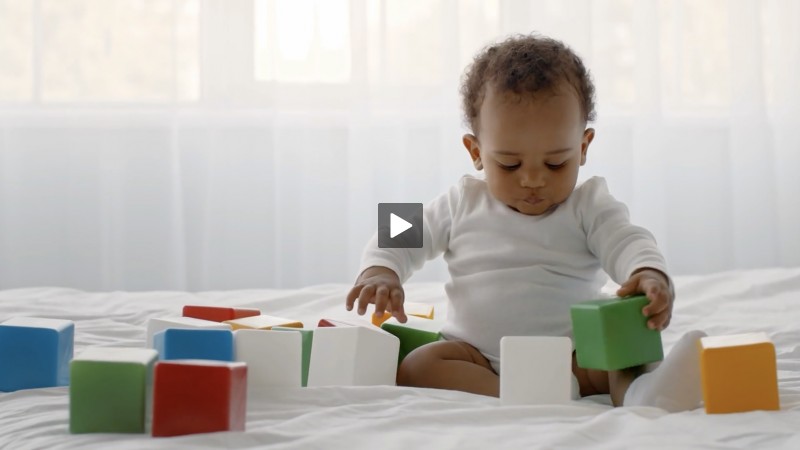Buying a New Car? Prepare for Sales Ploys That Can Cost You
- Details
- Written by Remar Sutton
- Category: Articles

Automotive advertisements hawking 2015 models and new 2016s are crowding TV and radio broadcasts and filling the pages of online and print news media. All of them have a deal for you. And you've got to act quickly to save big!
"Just sign here and drive your new car or truck home today."
Although you know there's a lot of hype in these promotions, it's hard not to catch the excitement if you are ready to buy a new vehicle. Educating yourself about three currently popular sales promotions is important before you head to the sales lot or start talking to a dealership. And of course, you'll also want to read through our Car Buying Guide.
"Sign and Drive" Offers
"Just sign here and drive your new car or truck home today." Whether the promotion is for a lease (the most popular) or a sale, its goal is to get you to make a quick buying decision. The more quickly you take delivery and drive away in your new wheels, the likely you are to pay more overall and generate more profit for the seller.
This technique is called "spot delivery" and it's every salesperson's goal. Customers who make quick decisions typically don't have time to do their homework. On average, such customers will pay more for the new vehicle, agree to less than the value of their trade-in, and accept a higher interest rate than they qualify for.
The only way to protect yourself from the dangers of "sign and drive" is to never lease or buy a vehicle on your first visit to a salesroom or your first phone or online contact. Instead, take time to prepare: Work through the steps in our Car Buying Guide and apply for a pre-approved auto loan at your financial institution. Then you will be ready to compare deals and pick the best for you. Then only sign a contract that is fully completed (no "contingent clauses").
Buy for 0% Interest
For years this has been the most popular automotive sales promotion. Who wouldn't want to buy a vehicle over time without paying any interest? But there are several problems with this picture.
-
First, getting the 0% deal requires having superb credit. A majority of buyers don't meet these qualifications. These buyers will typically be offered other interest rates which may not be as good as you can get from a credit union or other financial institution.
-
Most 0% deals are for a limited term; 36 months is common although some deals may go to 60 months. That can make for an extremely high monthly payment. If you have the U.S. average loan of $29,000, the monthly 0% interest payment for 36 months will be over $800 and for 60 months nearly $500.
-
The 0% interest rate is often offered in place of a rebate. Many times taking the rebate and borrowing less at a low interest rate, at your bank or credit union, will save money overall.
-
In some instances, it can be harder to get a lower sales price for the new car and the seller is more likely to low ball your trade in.
Protect yourself by doing your homework and comparing the numbers on all aspects of your sale (value of new vehicle, real wholesale value of your trade-in, effect of taking any rebate rather than 0% interest, total interest cost of the new loan, what you will owe for taxes and any fees). Again, our Car Buying Guide can show you how to do this.
Upside Down On Your Trade? We'll Buy It
This ploy is aimed at people who want to buy a new vehicle but owe more than their old vehicle is worth (negative equity). Many may have poorer credit scores, too.
The problem with this offer is that the excess money owed beyond the old vehicle's value may be rolled over into the loan on the new vehicle. Unless you have a large cash down payment available (and people tempted by this offer rarely do), then your new loan on the new vehicle will put you further upside down--you'll start owing much more than the new car is worth. A variant on this ploy is the offer to "allow $1000 for any old junker, running or not." For more information, see "Auto Trade-ins and Negative Equity" from the Federal Trade Commission (FTC).
The best approach to this offer is to reject it. Continue to drive your current wheels until you've paid down the loan enough to be even or have positive equity in the vehicle. Make sure you know the true wholesale value of your trade-in before you shop at any time.
Be a Smart Buyer — Prepare Before You Buy
The best way to get a good deal on a new (or used) vehicle is to do your homework before you start shopping. The best place to start is by reviewing our Car Buying Guide.
For More Information
Read: Are Car Ads Taking You for a Ride? from the FTC















